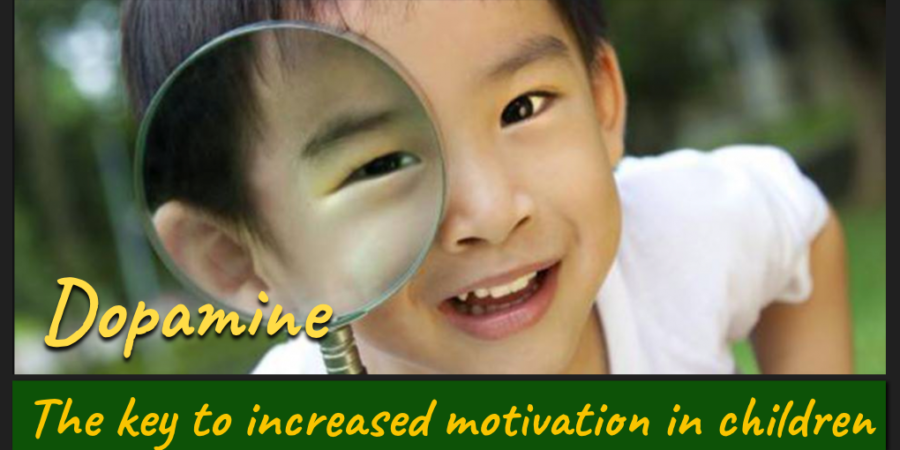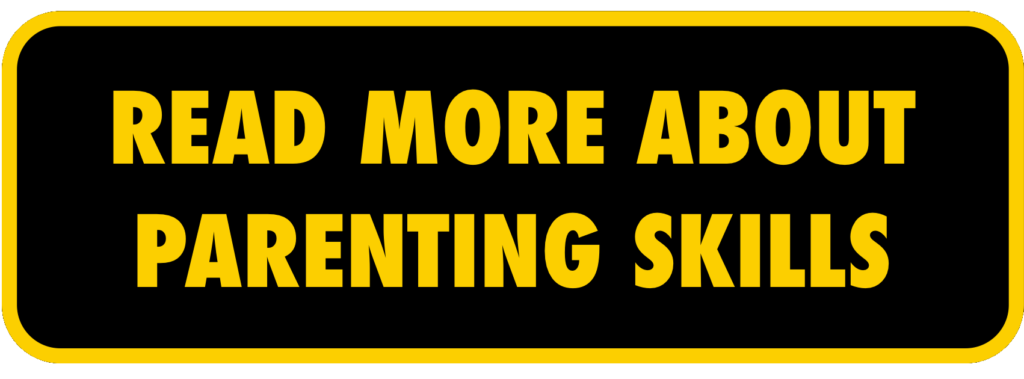How to Increase Dopamine in Children, and Why
Have you ever wondered why children and teens seem to be so addicted to their smart phones and other devices? Children’s lack of attention and motivation can be so frustrating, but what do their devices have to do with this?
The answer is… DOPAMINE!! It’s science, y’all!

Often referred to as the “motivator molecule,” dopamine is a “feel good” chemical that is released in the brain & helps us focus and feel motivated. Video games and smartphone apps are so addictive to children and teens (and, let’s be honest, adults too), because they give us little hit of dopamine whenever we get a “like” on social media, or we get to the next level in a game. This makes us feel good, and then it leads to us seeking out more of the same. This constant boost of dopamine keeps us coming back for more, and before we know it, we are addicted to our games and phones.
This is because dopamine is part of the reward pathway of the brain. When something is interesting or exciting, a surge of dopamine rushes to the brain. Much like the excitement we feel when we are preparing for a trip or waiting for dessert, the anticipation of receiving a reward tells the brain to release dopamine. This release tells our brain that this event is worth getting more. That’s how the cycle begins.
Harness the Power of Dopamine for Learning!
The great thing about dopamine is that, when we harness its power for good, it can help modify behavior in a positive way! Because of the pleasure that dopamine makes us feel, we are more motivated do what we need to do to get that dopamine hit the next time. This makes us far more motivated to learn and retain information. In fact, dopamine actually creates new neurological pathways in the brain, biologically making learning easier for us. When we find activities that are pleasurable, we learn more from them, and we keep doing them!
Now that we understand the neuroscience surrounding dopamine, how can we, as parents, teachers, coaches, and anyone who works with children, use this information?
We must create a learning environment that is exciting and produces the “anticipation of accomplishment!”
The Krav Junior SKILLZ program does this by teaching with the brain in mind and utilizing game-based learning. Along with this, two of the teaching strategies that we use in our classes are specifically designed to increase students’ dopamine levels…
A little bit trickery
Ready?…
Set?….
GHOST!!!!!

This sort of trickery encourages the students focus and listen carefully. It excites the students, so the students end up more engaged, and they end up developing their listening skills along the way.
Intrinsic Motivation
Intrinsic motivation refers to behavior that is driven by internal rewards, as opposed to external rewards. For example, to get students more intrinsically motivated, the instructor might say “You only have to do 5 pushups… that’s level 1. Level 2 is 10 pushups, and level 3 is 20 pushups!” Building children’s intrinsic motivation in class not only gets the students more motivated to complete that one task, it also leads to greater confidence, which in turn translates to increased motivation in the future.
When we use these techniques to help kids learn, students get a rush of dopamine because they anticipate these little wins in class. This means they stay focused, they listen better, and they remain motivated to do their very best.
By harnessing the power of dopamine, kids end up feeling good in class, and they come back wanting more!
Source: SKILLZ


Comments are closed.